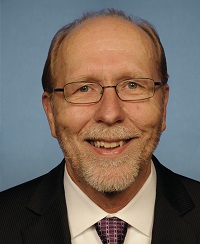 A 25 million-gallon-per-year cellulosic ethanol plant is on track to start cranking out the advanced biofuel early next year. Officials with POET-DSM Advanced Biofuel’s Project LIBERTY updated progress on the refinery in Northwest Iowa during the Platts Biofuels and Chemicals conference.
A 25 million-gallon-per-year cellulosic ethanol plant is on track to start cranking out the advanced biofuel early next year. Officials with POET-DSM Advanced Biofuel’s Project LIBERTY updated progress on the refinery in Northwest Iowa during the Platts Biofuels and Chemicals conference.
“We had a great summer for construction and have been able to stay on track to start producing cellulosic bio-ethanol early next year,” [Steve Hartig, General Manager – Licensing for POET-DSM] said. “It’s impressive to see this technology coming to life in Emmetsburg.”
[The plant] will be one of the first plants of its kind in the nation. It will use cob bales – made up of corn cobs, leaves, husks and some stalk – to produce 20 million gallons of cellulosic bio-ethanol annually, later ramping up to 25 million gallons.Hartig said the progress to date includes:
Biomass receiving and grinding building is complete and biomass processing equipment is nearly installed.
Saccharification, fermentation tanks are complete.
Equipment installation and pipe work is ongoing.
Cooling tower construction is underway.
Underground utilities are nearing completion.
About 300 workers are on the site daily, making preparations for the early 2014 start.
The most recent construction photos are available on POET-DSM’s Flickr site.












